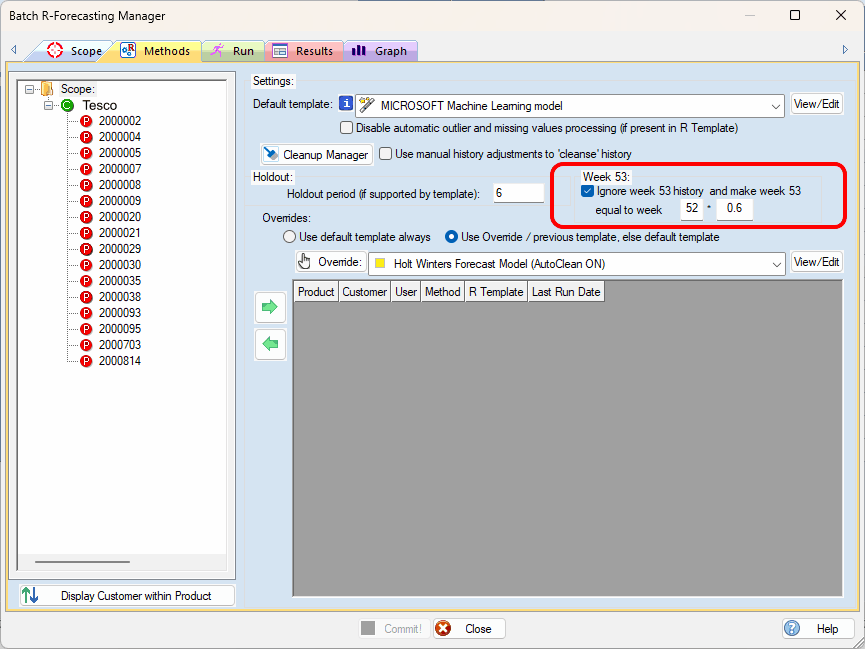
+44 (0)1494 785574


The Gregorian calendar, which is the most widely used civil calendar in the world, has 52 weeks in a year. However, in some years, there are 53 weeks. This occurs because the calendar year (365 days) is slightly longer than 52 weeks (364 days).
To adjust for this discrepancy, a leap year is introduced every four years by adding an extra day to February (leap day), making that year 366 days long. This extra day helps to keep the calendar year in sync with the solar year.
However, even with the leap year, there is still a slight discrepancy between the calendar year and the solar year, which accumulates over time. To account for this, the International Organization for Standardization (ISO) created a system called the ISO week date, which assigns week numbers to each week of the year.
According to this system, a year can have 53 weeks if the first day of the year (January 1) falls on a Thursday, and the year does not include a leap year. In this case, the 53rd week begins on December 31 and ends on January 6 of the following year.
You will still face the same issue when your financial year runs, say, April to March, or any other non-Gregorian specification.
At some point, a year will have to have a 53rd week in order to adjust.

Forecasting week 53 with statistics is an issue because you only have historical data every fourth year.
A standard approach to implementing seasonality is inappropriate to week 53. Without specific knowledge of, and adjustment for the calendar, the week 53 seasonality is incalculable. The algorithms are therefore likely to generate week 53 forecasts for years with 52 weeks.
Ideally, any solution to forecasting week 53 in an automated forecasting process must remove the need for manual intervention. In other words, a sensible, easily understood approach is required.
For Prophecy, we have built in such a rule. You can either just pump out all the history, including week 53, to the chosen forecast algorithm (which is an option offered by some solutions, including Prophecy) or...
For Prophecy, we have tried to create a simple and easily understood logic for creating week 53 forecasts for years with 53 weeks only:

The area highlighted in red in the screenshot implements the following enhancements to the forecasting process:
In the example in the screenshot, week 53 will be created where required by the calendar by taking the week 52 forecast and multiplying by the factor, 0.6 (60%).
This meets the combined objectives of: